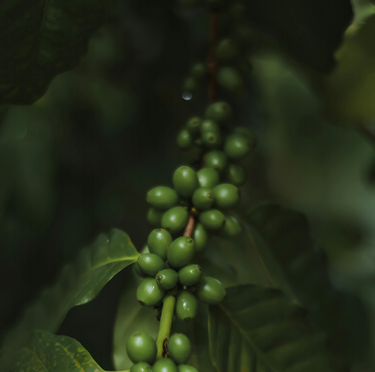🌱 The Future of Coffee?
As rising temperatures and erratic rainfall put pressure on the fragile arabica crop, scientists and farmers are digging into the past to protect coffee’s future by turning to a nearly lost species that could redefine how we source and roast coffee in the coming decades.
Coffea Stenophylla (not a spelling mistake)
First documented in West Africa in the 1800s, Coffea stenophylla was largely overlooked for commercial production in favor of higher-yielding varieties. But in recent years, as climate change has begun to affect crop yield more and more, researchers at institutions like the Royal Botanic Gardens in Kew have brought stenophylla back into the spotlight.
What makes it remarkable? This wild species can survive and thrive in temperatures up to 6°C higher than arabica, making it a promising alternative for regions where arabica is struggling to be farmed. Better yet? It tastes good. In blind tests, people couldn’t tell the difference between stenophylla and high-grade arabica. Think bright acidity, complex fruit, smooth finish.
Why it matters
If stenophylla can scale, it’s not just a win for science, it’s a lifeline for farmers facing unpredictable weather. Pilot projects in Sierra Leone (where the bean is native) are already showing promise, and roasters around the world, including us, are paying attention.
This isn’t just about survival. It’s about reshaping coffee to be more resilient, more sustainable, and more diverse, from farm to filter.
What This Means for Roasters (Like Us)
We’re watching closely. Stenophylla isn’t in our lineup, yet, but it points to what the future could look like; an exciting opportunity to evolve the coffee supply chain responsibly. Until then, we’re sticking with farmers who share our commitment to sustainability and quality, helping you get coffees that are good for the planet, your taste buds and your wallet.
And if you’re curious about what’s out there now, take our coffee quiz. You might just find your next favourite brew.








Thank you for all the posts, its really good to know what’s going on.
Sharon Sheppard on